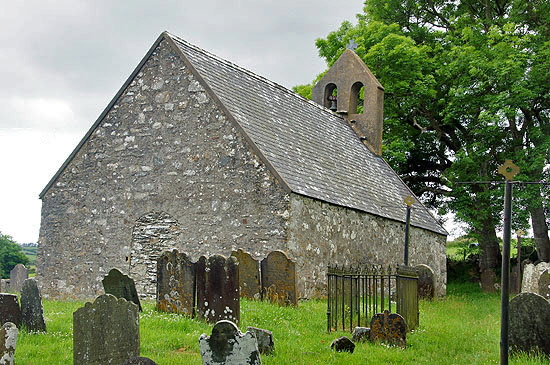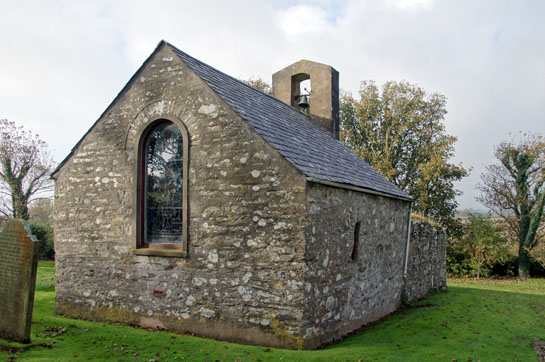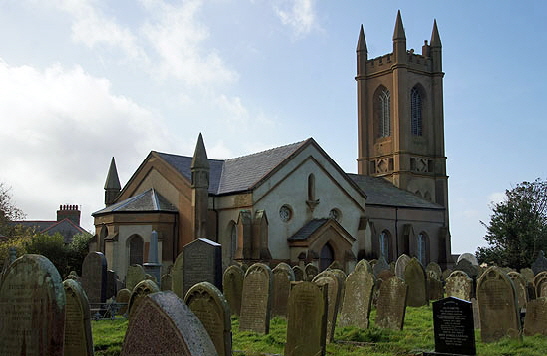|
Alphabetical List |
|
|
|
|
|
|
|
County List and Topics |
|
|
|
Please sign my Guestbook and leave feedback |
|
For the benefit of overseas readers who might not understand this - and also to avoid being bombarded with protests from indignant Manxmen and Manxwomen and even possibly Manx cats - I need to explain that the Isle of Man is not part of England at all. It is not part of the United Kingdom which comprises England, Scotland, Wales and Northern Ireland and which is governed from Westminster. Nor is it part of Great Britain which strictly speaking is the large island comprising the United Kingdom less Northern Ireland. It is, however, part of the British Isles as are those other Crown Dependencies, the Channel Islands. Is that all clear? No? You are right it’s total nonsense really but nevertheless it is a fact. The Isle of Man sits in the Irish Sea about halfway between Lancashire and Northern Ireland. Most “British” people will never have been there, and of those that have a substantial proportion will have been attracted primarily by the world-famous island motorcycle races. So why am I writing about it? Well, partly because I can! It’s my website, dammit, and I’ll write about whatever I like! Partly also because I think that it is largely ignored by the church gazetteers which are probably forced by their publishers to interpret “British” or “English” more literally. In truth, the churches of the Isle of Man are of little interest architecturally with one or two exceptions. There are several reasons for this but the most important is surely that the island’s history and ethnic mix is quite different from that of England in particular and of the UK in general. At the start of the first millennium AD the indigenous population of most of the British Isles was Celtic. There was no “England”, no “Scotland”. The Romans invaded “Britannia” which was probably not even a concept that the natives would have recognised. They did not, however, invade the Isle of Man. After the Romans departed from Britain the vacuum was filled by incursions of Germanic Angles, Saxons, Frisians and Jutes. But, again, they did not invade the Isle of Man. So “Anglo-Saxon” architecture as we know it would have been a contradiction in the Isle of Man. The Isle of Man was more influenced by Ireland than by England in both its culture and is religion. The Celtic Christian monks would have had a much freer run here than in England where the Roman version of Christianity that had been left behind by the invaders was reinforced by St Augustine’s mission in AD597 and competed with the Celtic version until the Roman version prevailed at the Synod of Whitby in AD664. So the island was spared the Romans and the Anglo-Saxons. But it was not spared the Vikings. They pillaged the island in the first half of the ninth century and then, as in much of the rest of the British Isles, they started to settle the land from about AD850. It was ruled by the Viking Kings of Dublin until about AD 990 and by the Earls of Orkney until 1079. So the island missed out on another English invader - the Normans - but it had Scandinavian rulers until as late as 1266 when it was ceded to Scotland. Of course, during all this time the Vikings had quite happily co-existed and intermarried with the indigenous Celtic population. In AD 1290 King Edward I captured it. Robert the Bruce recaptured it for the Scots in 1313. There followed a period when it changed hands a few times before the English settled the issue as well as many others by defeating the Scots at the Battle of Neville’s near Durham in 1346. The first Christians on the Isle of Man were Irish missionaries known as “Culdees” who first arrived in around AD447. Note this date, for it is only a decade after the Romans left “Britannia”. “Culdee” originates from “Celi De” - literally “Companion of God”. They set about converting the Manx population and building small chapels known as “keeils”. Keeils were tiny and simple and would have been there to shelter the monk, not to house a congregation. Many would have been destroyed when Viking raids commenced in AD798, some five years after the sack of Lindisfarne. Once the Vikings had settled and embraced Christianity the keeils were rebuilt. Some of these keeils were rebuilt yet again to become parish churches from about the twelfth century. These churches would still have been simple, probably with a single cell with possibly a screen between priest and congregation. There would have been none of the triumphalist building such as the Normans were undertaking on the mainland and presumably little or none of the elaborate carving that characterised many of those churches. Nor is there any sign that the “Romanesque” plan with aisles and apse was adopted anywhere. The churches you see today vary greatly in size but some of them are very large. They tend to have been rebuilt during the Victorian era and show few similarities with the archetypal English mainland church of aisles, clerestory, Gothic windows, western tower and spire. Inside many have accommodation for very large congregations. West galleries are still in-situ in many places complete with large and elaborate pipe organs. In many ways they remind me of very large non-conformist churches. Some have elements of the old mediaeval church incorporated but on the whole individual churches have little to wow the church enthusiast. So, leaving aside the fact that the island itself is full of other historical interest, there are two things that drew me here. Firstly, you can still see the foundations of the keeils in churchyards around the island. Kirk Braddan Church has no fewer than three. Ok, so they are not a lot to look at but for those interested in early church history they are both fascinating and moving. Secondly, and much more importantly, the island has fragments of over two hundred crosses and slabs from the Celtic and Viking eras. Most of these are housed within the parish churches themselves or in shelters built within the churchyards. They have been catalogued and comprehensively researched so that information is available on each. The oldest at Kirk Lonan is still standing in the churchyard and dates from the fifth century. You will see the interlaced designs of the Celtic era and the Pagan imagery of the Vikings. And you will see Christianity and Paganism mingled on the same cross. Runic inscriptions are everywhere and from these we know who some of the carvers were and why they erected the crosses. Diana and I have made long trips to Gosforth, Eyam and Bewcastle on the mainland to see single examples of such crosses. The Isle of Man has two hundred. A shelter in the churchyard at Maughold Church alone has over forty. You can touch them and run your fingers over the designs carved by craftsman fifteen hundred years ago. By Celtic craftsmen whose lives were devoted the the “new” God. By Vikings who were trying to reconcile their ancient beliefs with the new. If you have a sense of the past then these crosses will blow you socks off! |
|
|
||||||||||||||||||||||||||||||||||||||||||||||||
 |
|
Access: 3 Findability: 2 |
|
Access: 4 = Probably Open All Reasonable Times 3 = Free Access When Visited 2 = Accessed via Keyholder (A = Keyolder Attended) 1 = Accessed at 2nd Attempt Findability: 3 = Major Sign-posted Church 2 = Easy to find 1 = Hard to find. Do your homework before visiting. For more details click here.Access and Information. For contact details for individual churches visit http://www.achurchnearyou.com |

